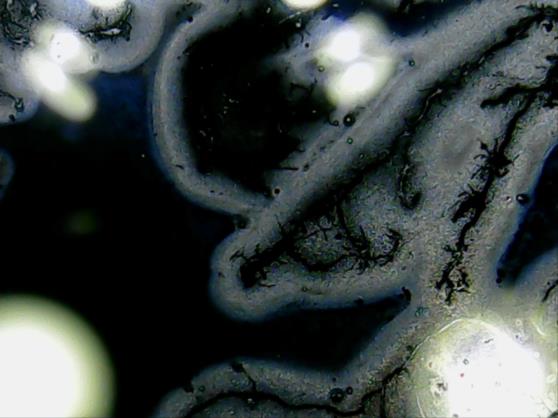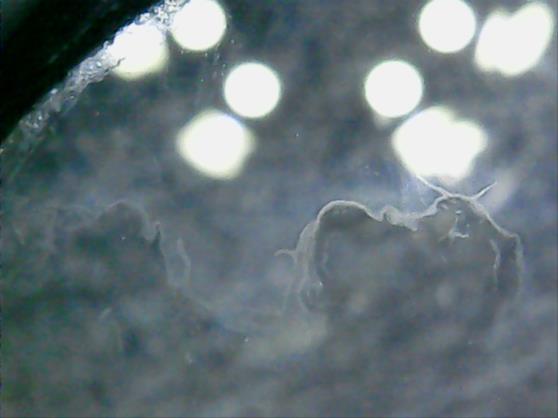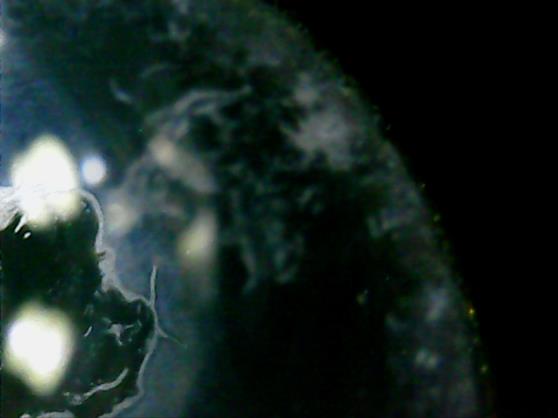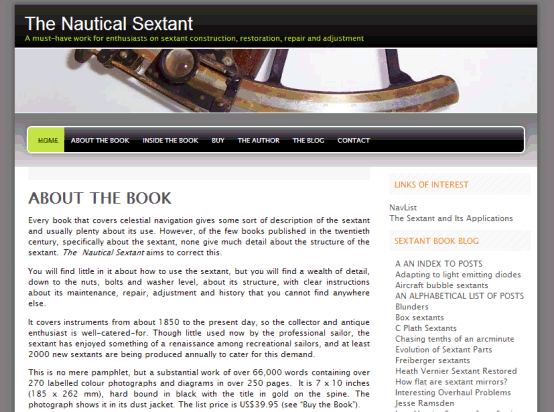
NavList:
A Community Devoted to the Preservation and Practice of Celestial Navigation and Other Methods of Traditional Wayfinding
From: Todd Spath
Date: 2023 May 19, 14:53 -0700
Hello NavList members. My name is Todd and I sail on Lake Ontario. I have “lurked” on this forum for about a year and have enjoyed reading current posts as well as old posts from early years in the archive. Searching did not yield an answer to my current question.
I have a circa 1941 David White Co., US Navy, BU Nav, Mark II sextant with less than perfect telescope optics. Several elements appear to be “dirty”, with locally variable cloudiness. I have disassembled the scope with help from Bill Morris’ article at this link:
https://sextantbook.com/category/usn-buships-mark-ii-sextant/
Figures 6 and 7 were particularly helpful. Moderate corrosion of the exposed radial pinning screws leads me to assume that my scope has not been previously disassembled. Thus I am fairly certain that the field lens (ie: inner eyepiece lens) in Fig 6 (second from right) is shown backwards relative to my scope and that my eyepiece cell is of the symmetric Plossl configuration. Morris mentions this in an addendum. In discussing the lens plan, Morris comments about reflection loss from air/glass interfaces at approximately 8% per surface. That figure would imply uncoated glass doublets (ie: without anti-reflection coatings). Using a microscope with 100x mag and very limited depth of focus, I have confirmed that my lens degradation is at the doublet surfaces and not at the (assumed Canada Balsam) bond line. Web searches indicate that magnesium fluoride AR was not practiced in the US until later in WWII. Langmuir-Blodgett (multiple mono-layer dip) coatings were known (patented) from the mid 30’s and are reportedly delicate. So my question is really a quest for anyone with knowledge regarding surface coatings, or lack thereof, on this sextant’s telescope optics. Any recommendations on the best approach to treat the lenses would be appreciated. Wetting with IPA on a cotton swab didn’t do much good, or harm. I have deferred anything more aggressive (Windex, ammonia, peroxide, acetic acid, etc…). Under low mag, it looks like degraded coatings to me. Under high magnification, the cloudiness on the surface appears as a pattern of tiny (1-5 um?) quasi-circular “droplets” (but with no real 3D aspect) at various packing densities. There is no obvious tint to give a clue to the coating composition. I’ve attached a few images taken under high intensity reflected light. What does fungus growth look like on a lens?
The screw thread, by the way, on the telescope mount was determined to be 1 3/32 – 24 UN (ie: 1.093 – 24 UN).
Thank you.









